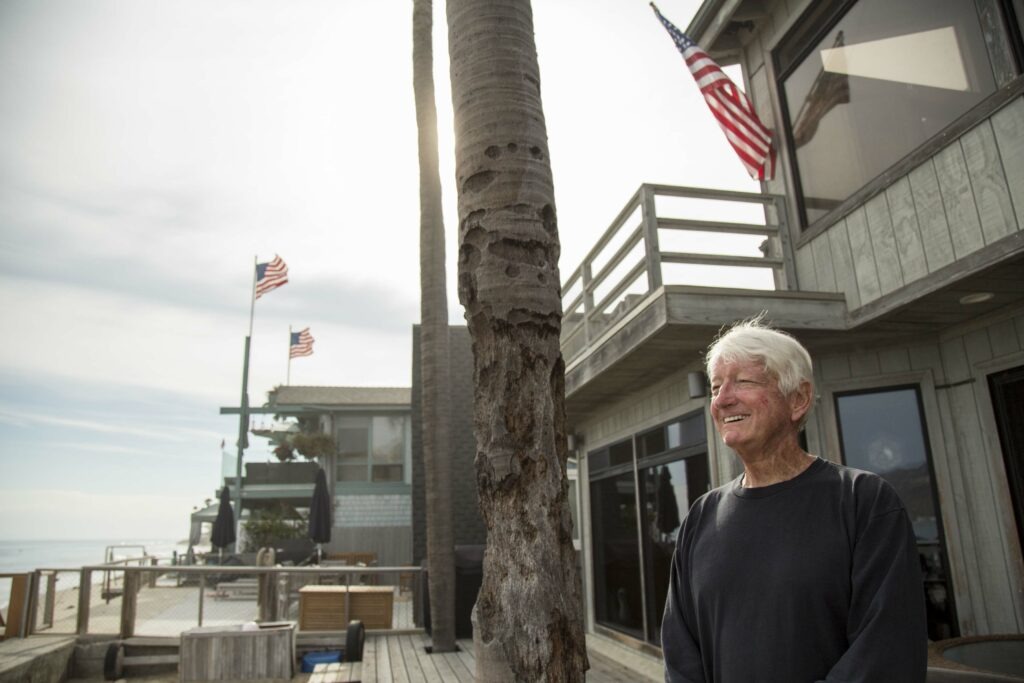
Nollan v. California Coastal Commission
Supreme Court affirms property owners’ protections from illegal permitting conditions
In 1982, Marilyn and Patrick Nollan wanted to convert their one-story beach bungalow into a modest two-story home. The house had been the Nollans' part-time beach house, but they loved the serene beach views of the Pacific Ocean so much that they decided to add a second story on the house and make it their permanent family home. ...

Suitum v. Tahoe Regional Planning Agency
Supreme Court ends government gimmicks to avoid paying just compensation to property owners
By wiping away procedural hurdles blocking landowners from the courthouse doors, Suitum has since been immensely important for anyone who needs to sue the government to protect their property. ...
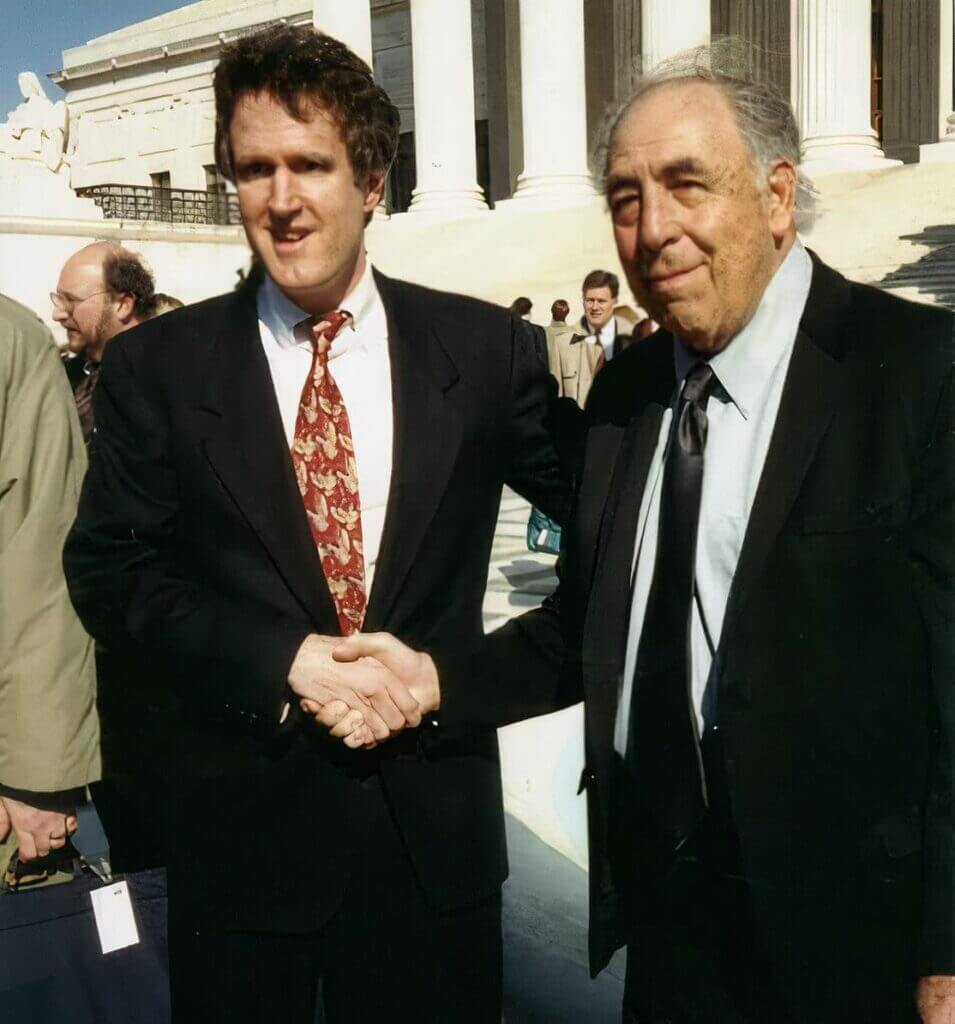
Palazzolo v. Rhode Island
Supreme Court affirms landowners’ right to just compensation regardless of when government takes property
Palazzolo v. Rhode Island represents an important check on government and a powerful protection of property rights. Government might have the power to regulate private property, but it must pay property owners for any land it takes—regardless of when it takes a property owner's land. ...
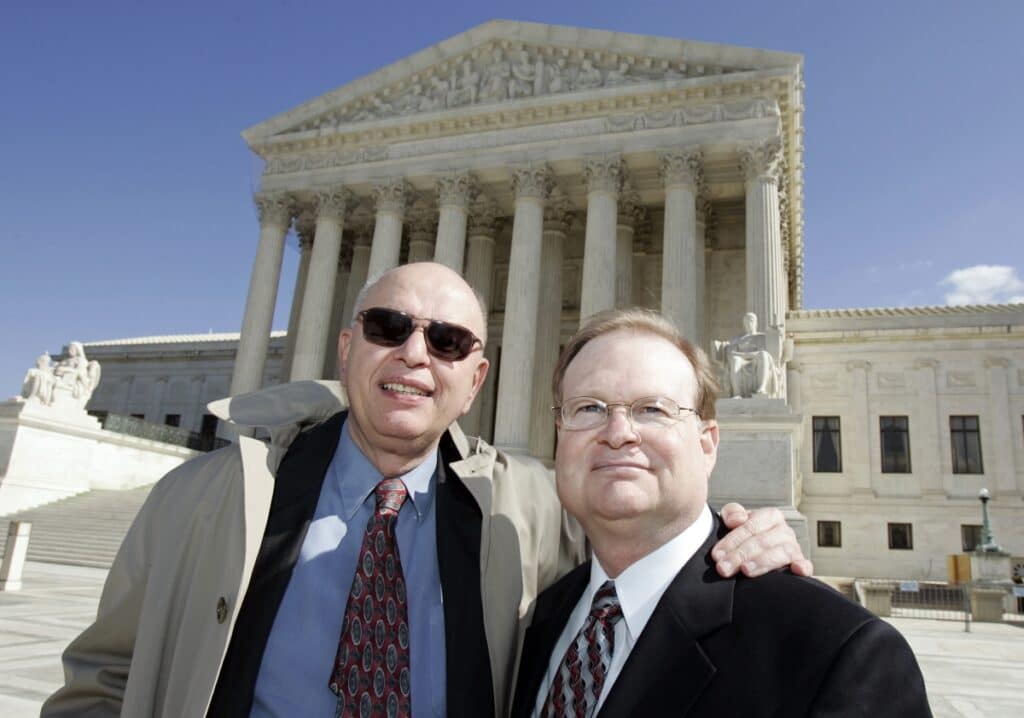
Rapanos v. United States
Supreme Court rules EPA “navigable waters” definition illegal
Back in 1989, Michigan developer John Rapanos was simply clearing his property to build homes and a shopping mall when he became so ensnared in a regulatory quagmire, it took the U.S. Supreme Court to resolve. John's troubles began when he pulled up some trees on his 54-acre site and filled the stump holes with sand. Federal regulators claimed an a ...

Center for Environmental Science, Accuracy & Reliability, et al. v. U.S. Department of Interior, et al.
Flocks of California gnatcatchers need no federal protection
The federal government has expanded its reach using the Endangered Species Act to cover spurious "subspecies." The ESA does not define "subspecies" and the Fish and Wildlife Service has offered no definition of its own. Instead, it simply announces when it has determined a "subspecies" to exist and, relying on the subspecies' smaller numbers relati ...
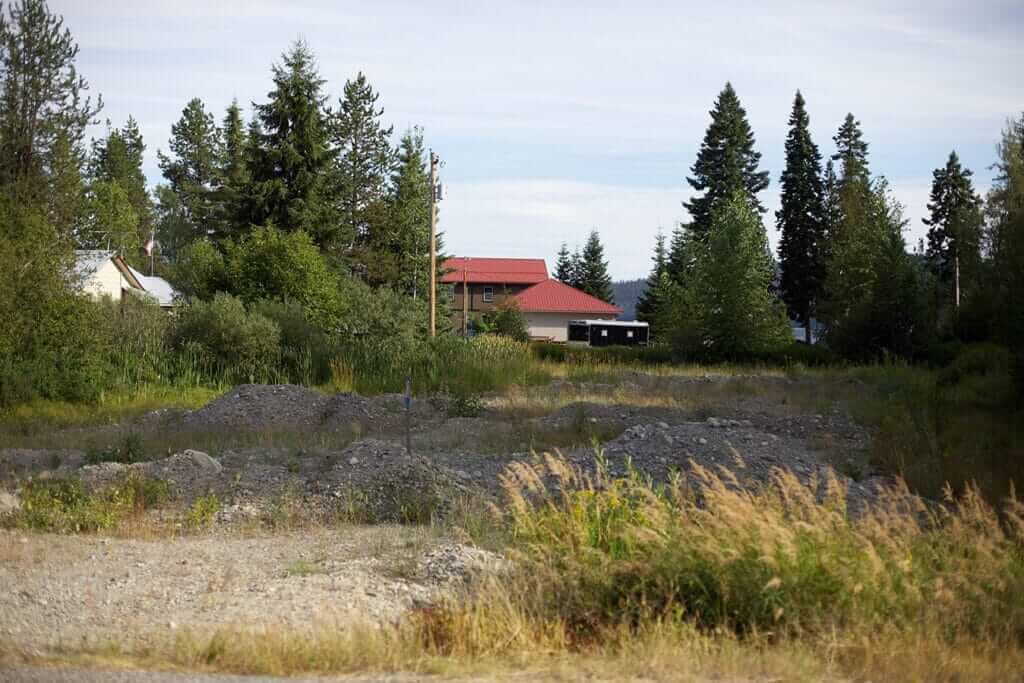
Sackett v. Environmental Protection Agency
Supreme Court limits Clean Water Act abuse in victory for property owners
One of the longest-running legal battles in the history of the Clean Water Act doesn't involve mega-polluters dumping toxic chemicals into America's major rivers and lakes. Rather, it involves a couple who wanted to build a home on less than an acre of land in a residential neighborhood. And now, that case could have ramifications for property owne ...

Brannan v. State of Texas
Defending beachfront property rights against “rolling easements”
After a 1998 tropical storm moved the vegetation line landward of Texas beachfront homes, state officials informed the beachfront homeowners that, based on its policy of considering the public beach to extend inland to the vegetation line (wherever it goes), the homes were encroachments on a public beach and subject to removal for violating the Sta ...
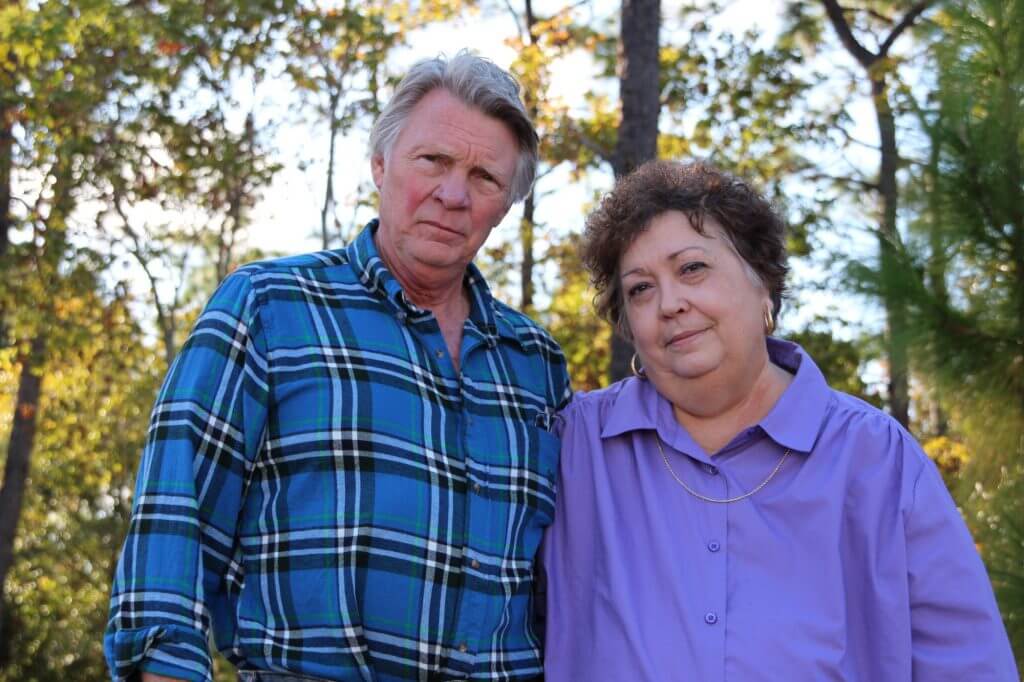
St. Johns River Water Management District v. Koontz
There’s no “off site” exception to Fifth Amendment’s takings clause
Coy A. Koontz sought to develop commercial land, most of which lies within a riparian habitat protection zone in Orange County, Florida. He applied for a dredge and fill permit with the St. Johns Water Management District, which agreed to grant the permit only on the condition that he place a conservation easement over his land, and perform mitig ...
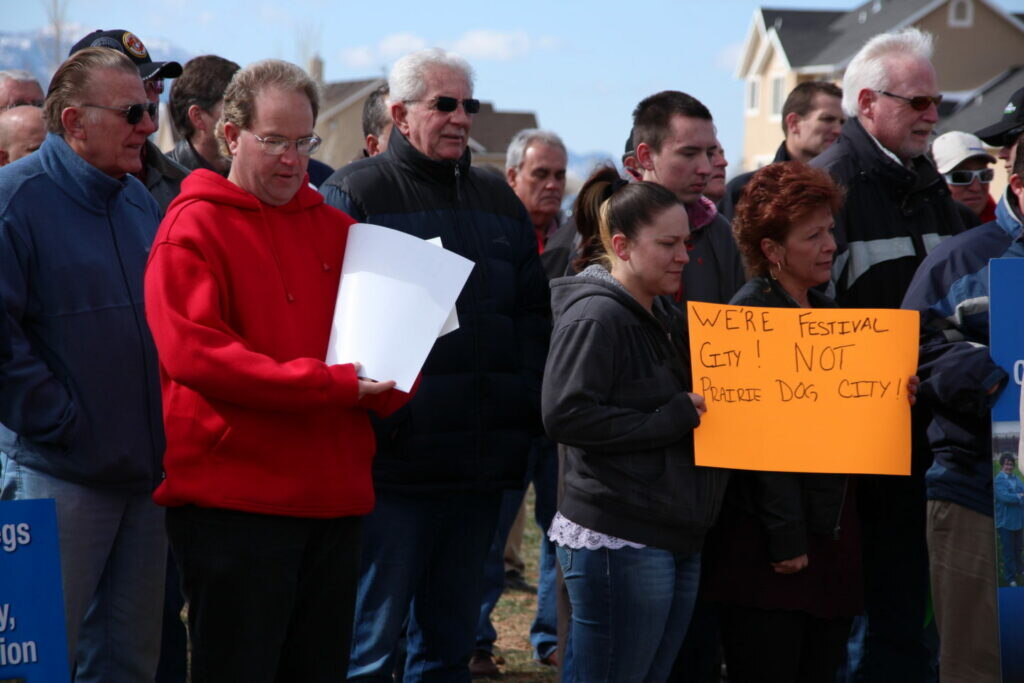
People for the Ethical Treatment of Property Owners v. Fish and Wildlife Service
Prairie dogs and property owners: Both need protection from massive federal overreach
For decades, the federal Endangered Species Act has simultaneously stifled responsible conservation of the Utah prairie dog, while barring property owners from using their own land as they wish. So PLF asked the United States Supreme Court to step in, to protect both the prairie dog and property rights of the people who share the same land. Represe ...

